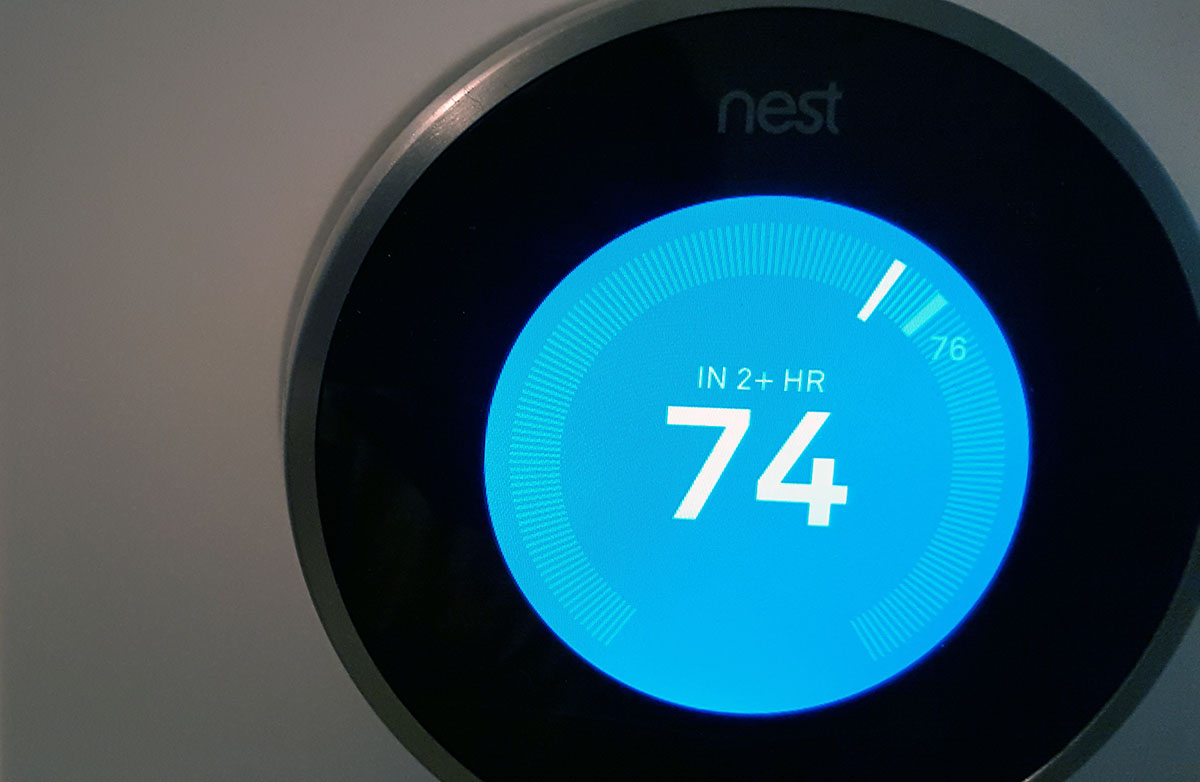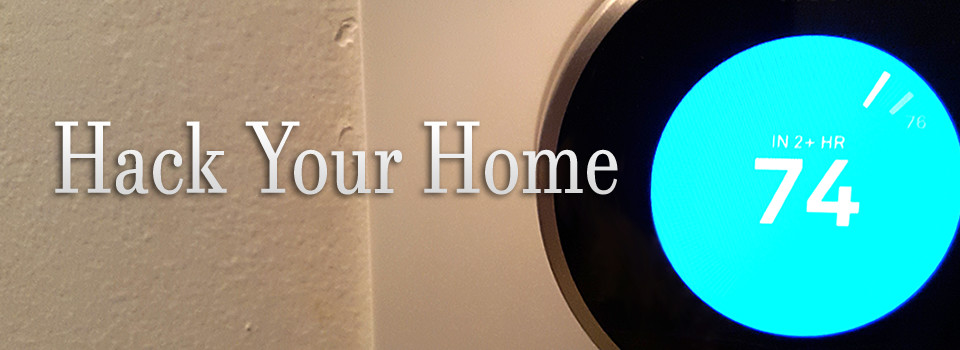Previous coverage here and here. Andy Johnson created a “stockpond” by building a dam on a creek that is covered under the Clean Water Act. The EPA issued a violation to him for not getting a permit for unauthorized dumping in said creek. The solution outlined in the violation was to work with the agency to […]





